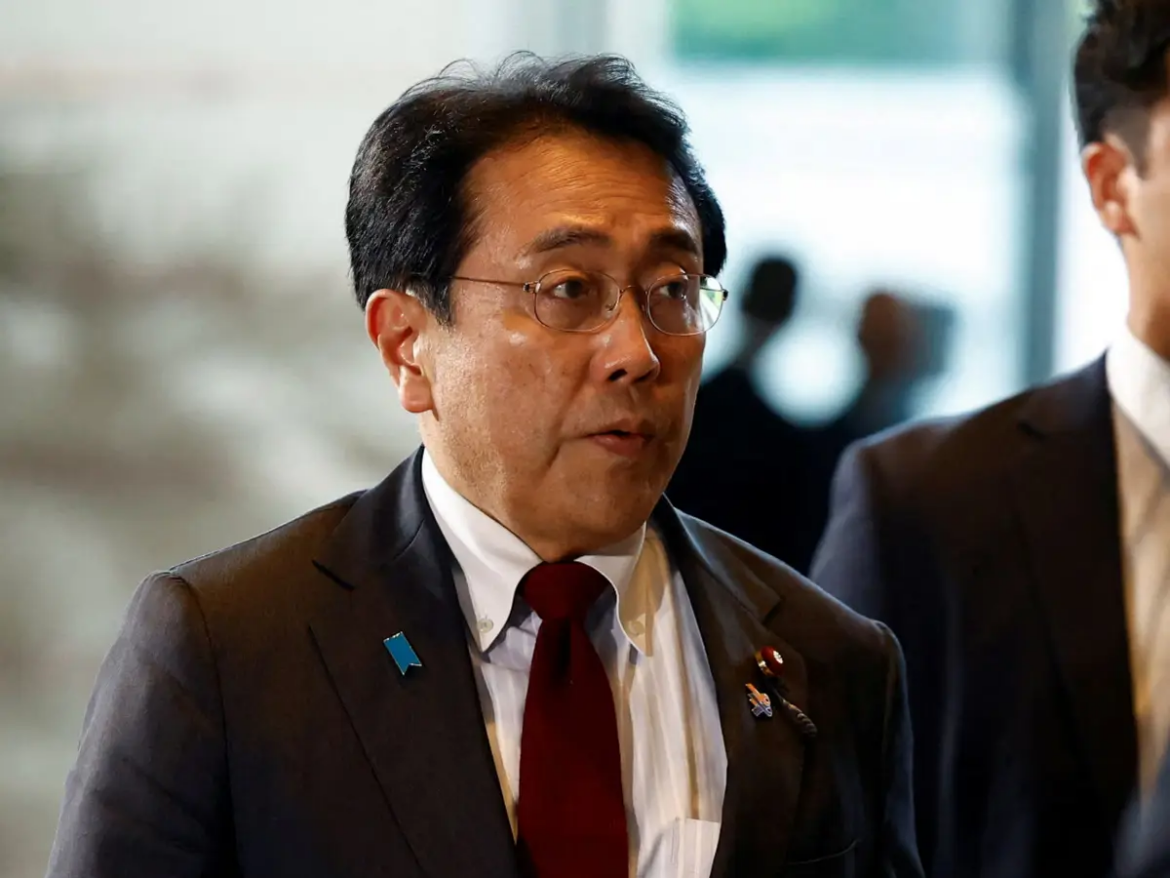Japan’s new $550 billion investment package which is a part of a broader trade deal with the United States, could help bankroll semiconductor projects by Taiwan’s TSMC in America, according to Japan’s chief trade negotiator Ryosei Akazawa.
In an interview with NHK on Saturday, Akazawa said the historic investment plan, agreed this week in exchange for lower US tariffs on Japanese exports, will not be limited to domestic or American companies. Instead, it will target firms involved in building resilient supply chains in key sectors such as semiconductors. “For example, if a Taiwanese chipmaker builds a plant in the US and uses Japanese components or tailors its products to meet Japanese needs, that’s fine too,” Akazawa told NHK, without naming any specific firm.
Japan’s big chip bet
The reference is widely seen as pointing to Taiwan Semiconductor Manufacturing Company (TSMC), which has become central to US–Japan cooperation on economic security. As reported by Reuters, the US depends heavily on TSMC for advanced chip production — a vulnerability highlighted by Taiwan’s geographic proximity to China. TSMC has committed over $165 billion to building chip plants in the US. In March, the company announced a $100 billion investment alongside President Donald Trump at the White House, building on its previous $65 billion commitment for three chip facilities in Arizona. One of those is already operational.
The deal with Japan comes as the US deepens its strategy of “friend-shoring,” encouraging allies to strengthen shared supply chains and reduce dependence on China. Akazawa said the $550 billion initiative aligns with this goal and will be channelled via Japan’s state-owned financial arms, Japan Bank for International Cooperation (JBIC) and Nippon Export and Investment Insurance (NEXI).
Structure still unclear
Despite the fanfare, key details of the financing structure remain vague. According to Reuters, equity investments will account for just 1–2 per cent of the total package. The majority will come through loans and guarantees, aimed at derisking critical technology investments in the US.
Akazawa also addressed confusion over profit-sharing from the deal. The White House earlier stated that the US would retain 90 per cent of the profits generated. However, he clarified that this figure only applies to returns from equity investment, a small slice of the overall package.
“While Japan initially hoped to secure half the returns, the loss is marginal compared to the roughly 10 trillion yen ($67.7 billion) in tariff costs that can now be avoided,” Akazawa told NHK. He added that the full $550 billion is expected to be deployed within President Trump’s current term, suggesting a tight execution timeline as both countries aim to capitalise on the strategic trade realignment.
Japan’s new powers
A recent law amendment has empowered JBIC to finance foreign companies deemed vital to Japan’s economic security, a move designed to ensure Japanese interests in global technology and supply chain ecosystems are protected. The law could enable direct support for non-Japanese firms like TSMC, if their operations benefit Japan’s chip sector. According to Reuters, Japan’s broader aim is to secure long-term access to advanced chips and reduce exposure to supply chain disruptions, a vulnerability laid bare during the pandemic and ongoing US–China tensions.
The trade deal, struck after months of negotiation, is also viewed as a political win for Trump, who has faced pushback for his aggressive tariff policies. Japan, on the other hand, appears to have traded a concession on profit-sharing for a larger strategic and economic gain.
(With inputs from the agencies)


AloJapan.com